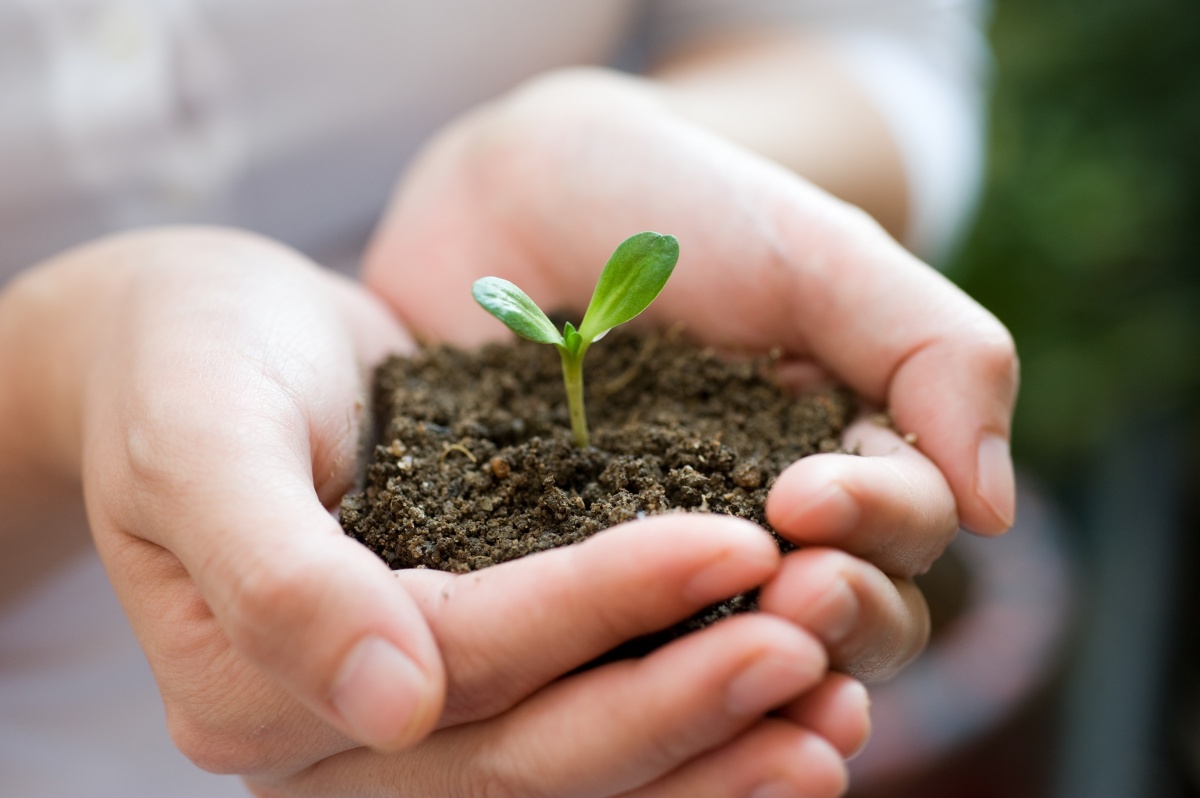 Tea leaves made from quality tea leaves, or so-called sleeping tea, are actively used for fertilizer garden and indoor plants. Professionals of agricultural technicians are actively arguing about whether this fertilizer can really be useful, even today. However, the proper use of leaves can have a beneficial effect on many plant species.
Tea leaves made from quality tea leaves, or so-called sleeping tea, are actively used for fertilizer garden and indoor plants. Professionals of agricultural technicians are actively arguing about whether this fertilizer can really be useful, even today. However, the proper use of leaves can have a beneficial effect on many plant species.
Content
How tea brewing affects soil and plants
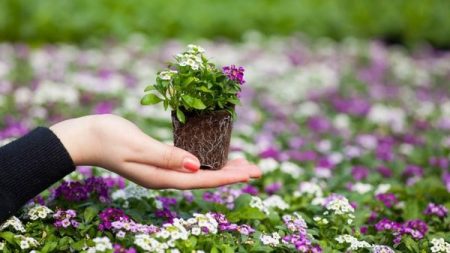 Conventional brewing methods, even multiple ones, cannot completely wash out all the substances that make them useful from the leaves of the tea bush. A large number of them retain tannins, especially useful in garden work. At the same time, thoroughly dried raw materials are able to gradually give microelements to the soil or to the roots of plants for a long time.
Conventional brewing methods, even multiple ones, cannot completely wash out all the substances that make them useful from the leaves of the tea bush. A large number of them retain tannins, especially useful in garden work. At the same time, thoroughly dried raw materials are able to gradually give microelements to the soil or to the roots of plants for a long time.
The effect of tea on plants
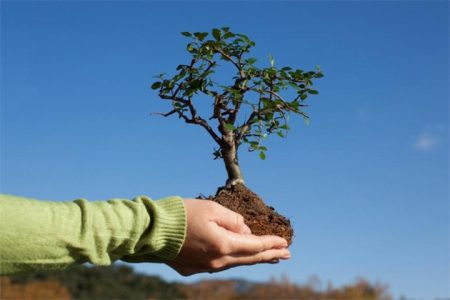 Useful welding is tannins, which are:
Useful welding is tannins, which are:
- help the plant to form;
- make it more resistant to diseases and cold;
- regulate the acid-base balance of the soil;
- become the prevention of root decay.
The composition of dry leaves contains:
- potassium;
- calcium;
- magnesium;
- iron.
In small quantities, boron, aluminum, and manganese are found. All of them contribute to the active formation and strengthening of roots, leaves, buds and inflorescences. As a result, the plant becomes stronger, yields a significantly larger yield in the presence of other favorable factors. Large-leaf tea, namely, it is recommended to use it, when added to the soil will make it more loose, lighter, softer, will help natural ventilation, which is also very useful for most crops.
What plants to use
Organic fertilizer in the form of tea leaves or compost from them will well affect vegetables, berry bushes, aromatic herbs. All plants that need strong green shoots, active photosynthesis and the formation of a large number of fruit ovaries will respond positively to dressing.
Fertilizer is not used for root crops, crops that grow well in dense and heavy soil. Feeding is also not advisable for crops that can “fatten”, that is, actively grow overground foliage and stems to the detriment of fruits or the underground part, which is harvested as a crop.
Application methods
For the manufacture of fertilizer You can only collect large-leaf tea without additives and artificial flavors. The bags are not suitable for use in the garden or the vegetable garden, since the leaves inside them are ground too finely and more like ordinary dust, often with the addition of dyes. For any of the methods, the tea leaves must first be dried. It is better to dry in a dark place, since direct sunlight negatively affects the trace elements contained in the leaves. Strong heating is not recommended.
In tablet form
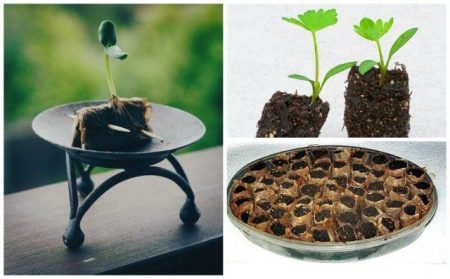 The use of various ready-made tablets for seedlings has become a common practice for gardeners and gardeners.It is possible to significantly accelerate the appearance of the first seedlings, as well as to simplify the application of fertilizers in the first weeks of cultivation. Instead of peat tablets, you can use tea made by yourself.
The use of various ready-made tablets for seedlings has become a common practice for gardeners and gardeners.It is possible to significantly accelerate the appearance of the first seedlings, as well as to simplify the application of fertilizers in the first weeks of cultivation. Instead of peat tablets, you can use tea made by yourself.
It is not necessary to dry the tea strongly, because to consolidate the mass, you need to add a little water. For tablets, peat, a coconut substrate in proportions of 3: 1: 0.5, where 3 parts of tea, will also be required. Mix everything thoroughly, pour a little water until the mass is slightly moistened. Line a small tea or coffee cup with cling film, place 3 tablespoons of the mixture inside, wrap, seal on a flat surface. You can immediately plant seedlings, or you can dry them, leaving the ends of the shell open, then put them away for storage and use them already in the planting season.
Seed filler
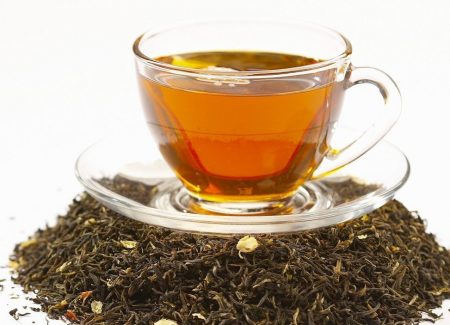 Cook seed sowing filler DIY is harder than it sounds. An excess of active fertilizers of any kind should be avoided. Shoots will stretch very quickly, without forming the necessary support, which is undesirable. Tea is a good filler, because the leaves slowly and in small quantities give out nutrients.
Cook seed sowing filler DIY is harder than it sounds. An excess of active fertilizers of any kind should be avoided. Shoots will stretch very quickly, without forming the necessary support, which is undesirable. Tea is a good filler, because the leaves slowly and in small quantities give out nutrients.
Use leaves can be combined with peat and sand, with turfy land. The main soil should make up two thirds of the total volume of filler. Pre-dry the tea so that the earth does not mold, small midges did not appear in it.
Tea compost
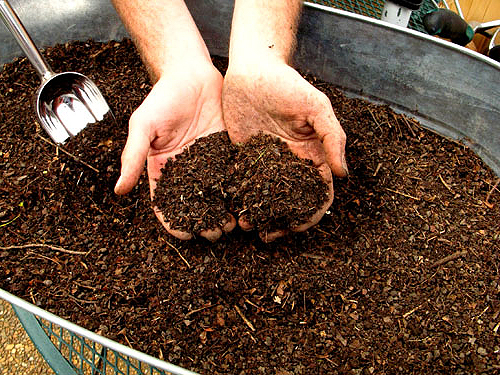 Making tea compost completely is difficult. Firstly, a lot of sleeping tea leaves will be required. Secondly, due to tannins, the mass will very slowly decay, it will dry out more likely. Permanent hydration will be required, which can lead to the appearance of insects and parasites. The smell from such home-made compost will be sharp, therefore it is better not to store the container with tea in the house or apartment.
Making tea compost completely is difficult. Firstly, a lot of sleeping tea leaves will be required. Secondly, due to tannins, the mass will very slowly decay, it will dry out more likely. Permanent hydration will be required, which can lead to the appearance of insects and parasites. The smell from such home-made compost will be sharp, therefore it is better not to store the container with tea in the house or apartment.
The best way to use tea leaves is to add tea leaves to a regular classic compost to a volume of about 20 percent of the total mass. Leaves, highlighting their enzymes, will significantly accelerate the decomposition of other organic components, so compost will be ready for use in much less time. You can make such compost with tea according to the standard fertilizer scheme.
Fertilizer
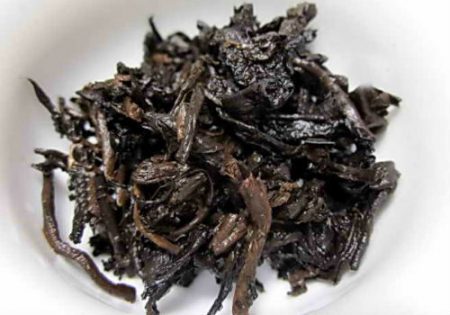 As a classic fertilizer, you can use as just brewed tea, not yet dried, as well as pre-dried and even infusion of such raw materials. The first option is best suited for open ground. Combine tea leaves better with ashwhich is introduced during planting or digging.
As a classic fertilizer, you can use as just brewed tea, not yet dried, as well as pre-dried and even infusion of such raw materials. The first option is best suited for open ground. Combine tea leaves better with ashwhich is introduced during planting or digging.
When making still wet fresh tea leaves, you can not take into account the phase of growth of the culture. At any time, you can add leaves to the soil and carefully dig. For indoor plants, fertilizer with dry tea leaves is suitable. They must be added in small quantities to the soil during transplantation.
It is better to lay fertilizer in the spring right into the wells, since a lot of tea will be required. Half a kilogram per square meter is an average calculation for moderately alkaline soils. If the PH imbalance is obvious, the dosage should be increased to 0.7 kilograms per meter.
A nutritious infusion can be prepared as follows: pour 1 glass of dry tea leaves with 3 liters of boiling water. Insist until cool. Use preferably during the first day.Dosing such a fertilizer is not necessary, it can simply be used when watering instead of ordinary water. This is a great option in the case when you need additional top dressing in the middle of the season. A small concentration of trace elements will not harm even the weakest plants, but will strengthen them.
Soil structure improvement
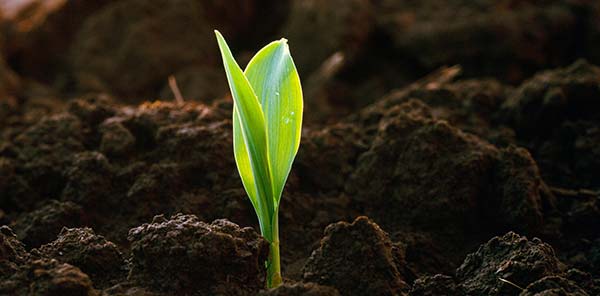 To lay dry or still wet tea in the soil before digging should be in the case when it is necessary to improve the properties of the soil in a single area. First of all, in this way it is possible to loosen and lighten the total mass. It is worth using the largest tea leaves. Due to the concentration of tannins, they do not rot for a long time even in conditions of high humidity, so one application per year will be quite enough.
To lay dry or still wet tea in the soil before digging should be in the case when it is necessary to improve the properties of the soil in a single area. First of all, in this way it is possible to loosen and lighten the total mass. It is worth using the largest tea leaves. Due to the concentration of tannins, they do not rot for a long time even in conditions of high humidity, so one application per year will be quite enough.
Tea leaves are also capable of:
- help in the fight against fungal diseases of plants;
- reduce the risk of mold;
- lower alkaline levels.
Getting rid of mold is especially important for those who are engaged in the cultivation of flowers and vegetables at home, actively use greenhouses and small closed gardens. To achieve a stable result, it is worthwhile to make dry welding, and annually. Throughout the season, the fertilizer will gradually decompose, giving plants and soil all the beneficial trace elements.
Tea Mulching
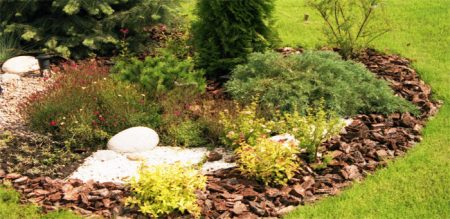 One of the easiest ways to use old tea leaves is to turn it into mulch. Covering the soil with such a protective layer, you can protect it from excessive drying and cracking even in adverse weather conditions. The number of weeds will decrease.
One of the easiest ways to use old tea leaves is to turn it into mulch. Covering the soil with such a protective layer, you can protect it from excessive drying and cracking even in adverse weather conditions. The number of weeds will decrease.
Soil can be mulched in this way even in spring and early summer. After watering the leaves will remain light, so young shoots can easily be selected into the light. In autumn, the entire accumulated layer can be dug up together with the ground, it will serve as additional fertilizer.
Using tea leaves as tea leaves is a universal way to improve soil quality and enhance the immunity of the plants themselves. It can be used in areas of risky farming, and in chernozem, and even in the southern regions. It is possible to store dried leaves for a long time, so you should start picking tea leaves already in the fall in order to make it an excellent fertilizer in the spring.

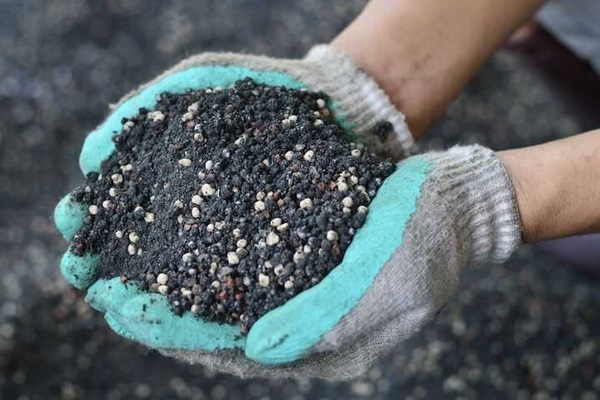
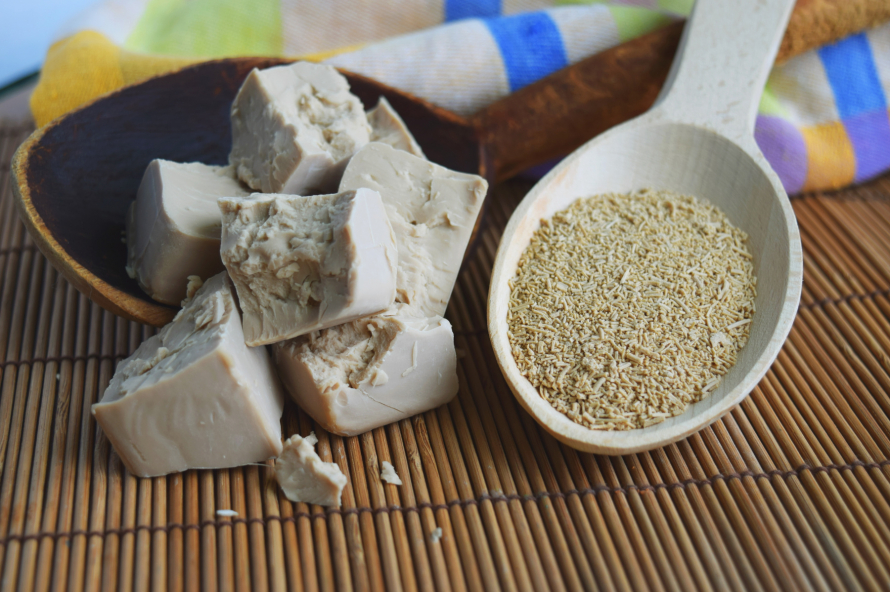
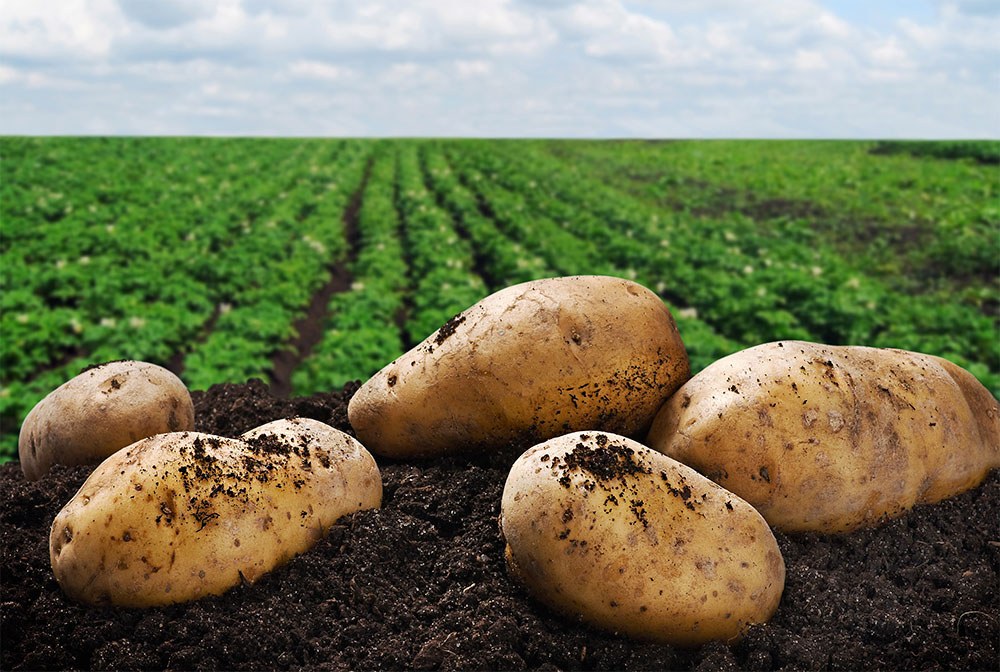
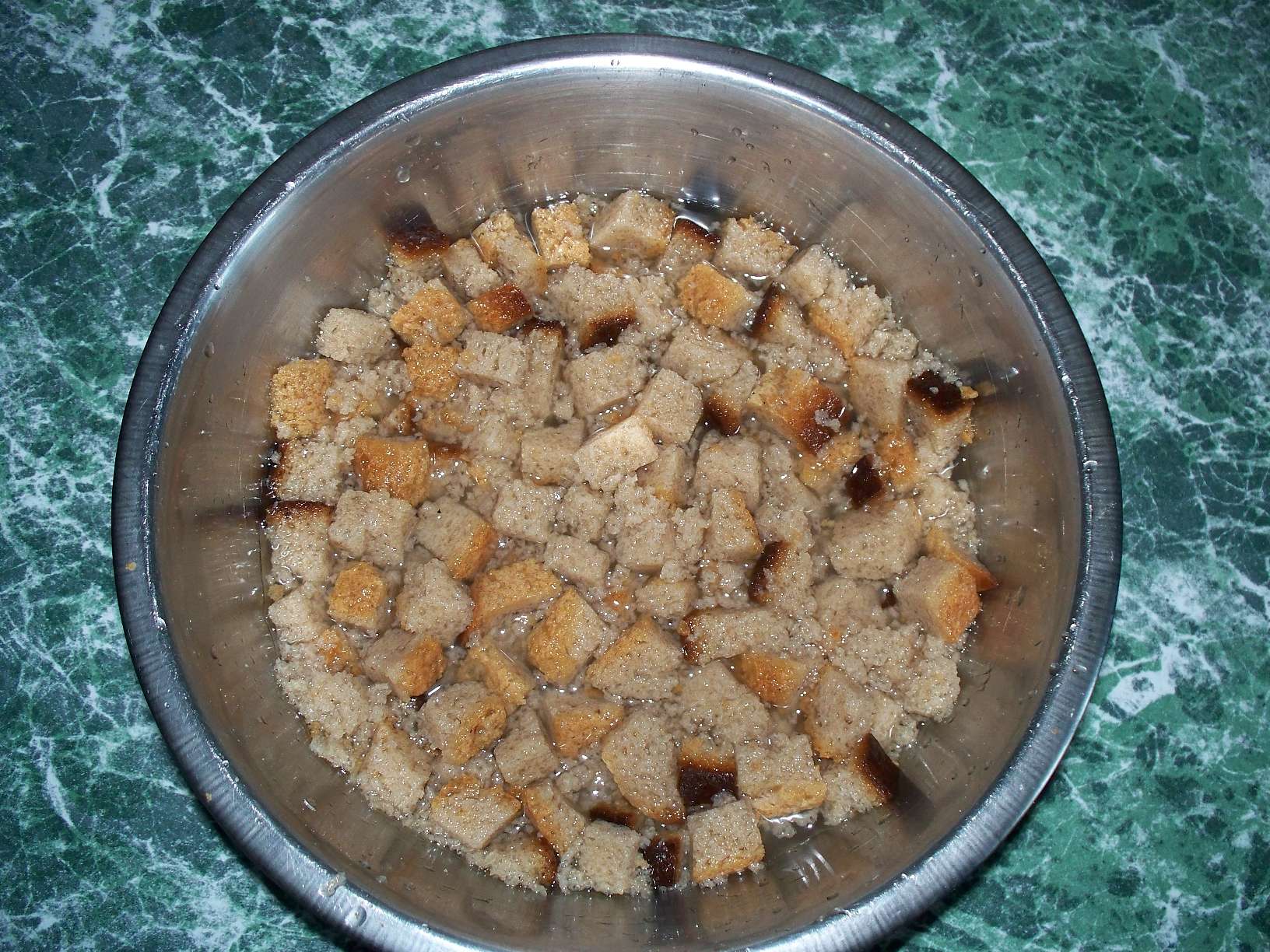 How to make bread infusion for feeding cucumbers
How to make bread infusion for feeding cucumbers Superphosphate: what is it and how to apply it
Superphosphate: what is it and how to apply it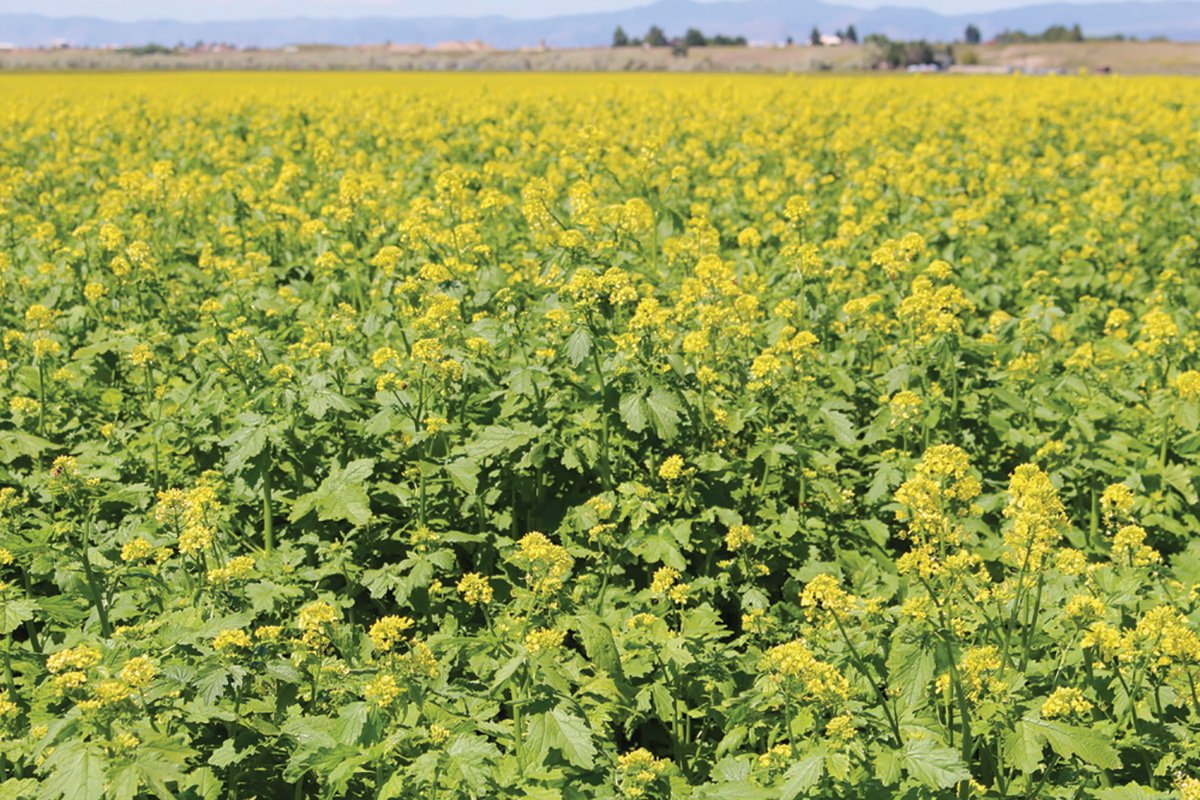 What problems can be expected from siderats?
What problems can be expected from siderats?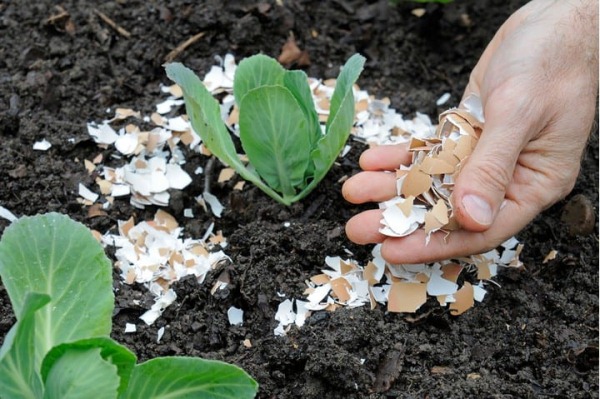 Secrets of the collection, storage and use of eggshells in the garden
Secrets of the collection, storage and use of eggshells in the garden